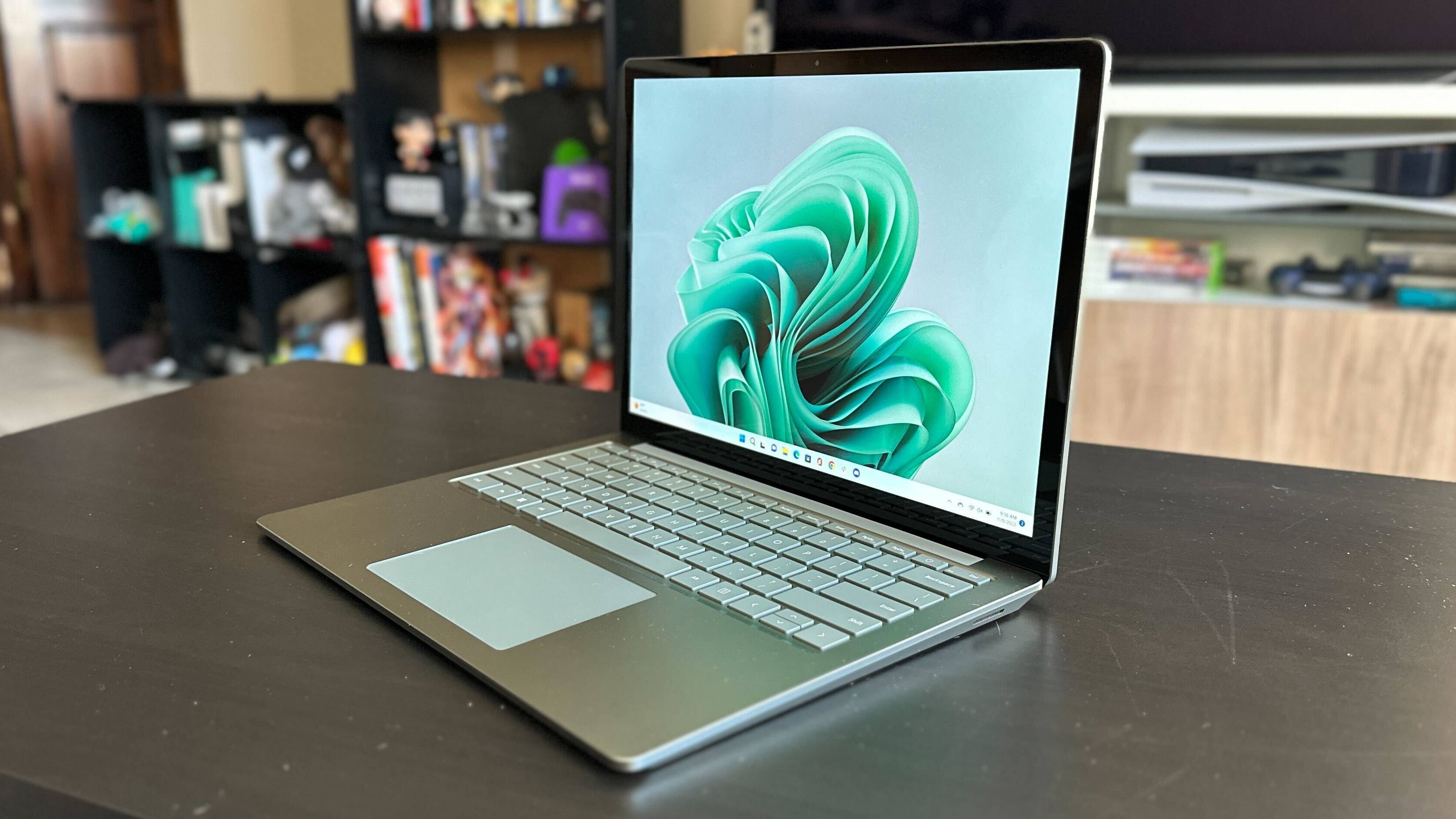
Microsoft's Dev Home App Unveils New Widgets for Improved PC Monitoring

Microsoft has surprised users by introducing a range of new widgets through its Dev Home app, offering valuable insights and monitoring capabilities beyond the cluttered news content typically associated with Windows Widgets.
Although primarily designed for managing developer pull requests, the Microsoft Dev Home app now provides widgets that allow users to track CPU, memory, GPU usage, and network performance. The discovery of these widgets was made by Neowin during their testing of the app, which showcased their similarity to Windows' Task Manager but with a few noteworthy tweaks.
Widgets have been a contentious feature for Microsoft, either seen as a gateway to additional content or as a collection of superfluous information that occupies screen space. In recent years, Microsoft has focused on news licensing and experimented with delivering news content through features like the News Bar. The migration of Bing's news content to Windows 10's "News and Interests" and subsequently to Windows 11's Widgets, powered by Start, has provided a platform for developers to contribute to the Widgets news feed.
To access these new widgets, users can search for the Dev Home (Preview) app on the Microsoft Store and download and install it, which takes up approximately 400MB of storage. There is no need to configure or actively use the app itself. Once installed, users can click on the Widgets icon located in the lower left-hand corner and then select the small "+" button at the top to add new widgets.
The available widgets include CPU, memory, GPU, and network monitors, displayed at the top of the list. While these additional widgets do not provide as much detailed information as the Windows 11 Task Manager, they offer some practical functionalities. For instance, the memory widget displays a few processes that can be terminated with a simple click. However, it is important to note that the widget may only show minimal memory usage, such as the Windows Explorer process, which occupies a small portion of available memory.
One issue users may encounter is that the new widgets may not immediately "stick" to the top of the Widgets window even when pinned. However, this bug appears to resolve itself after opening and closing the Widgets window a few times.
With the introduction of these new widgets, Microsoft aims to provide users with additional tools for monitoring their PC's performance and resource usage. Users can explore these widgets and decide if they enhance their Windows experience by downloading the Dev Home app and accessing the widgets through the Widgets icon.
